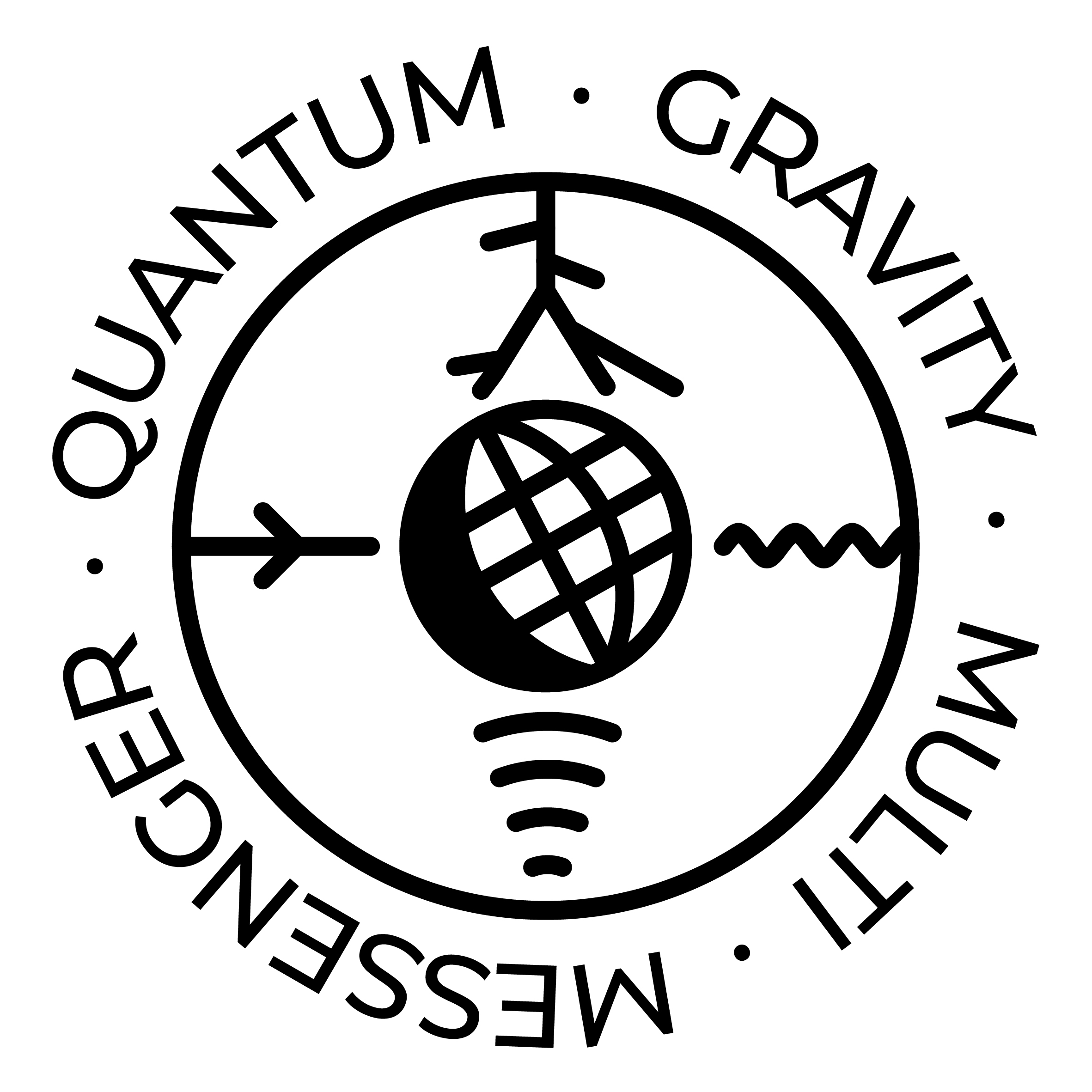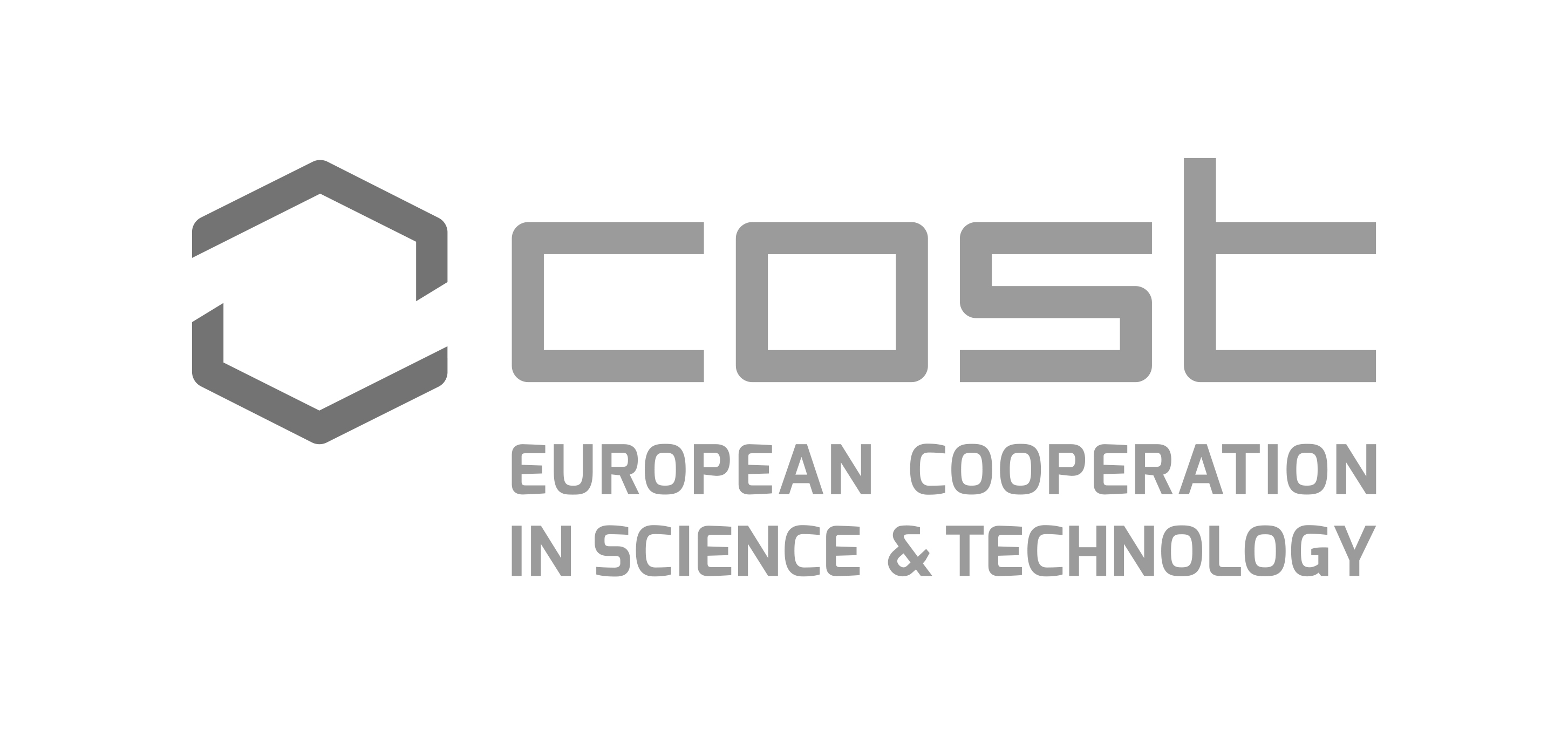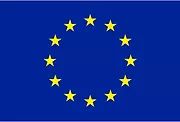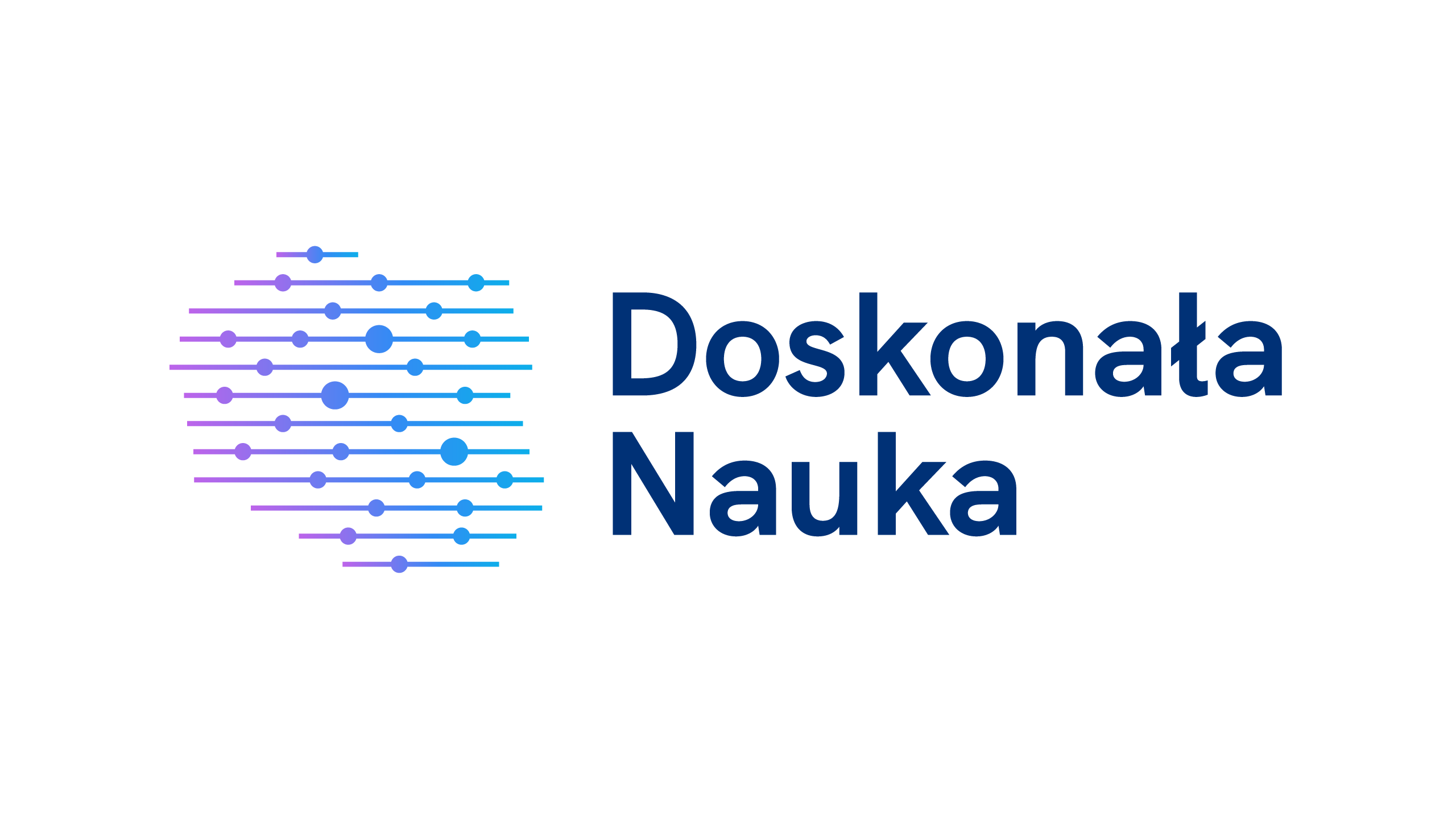59. Winter School of Theoretical Physics and third COST Action CA18108 Training School "Gravity -- Classical, Quantum and Phenomenology"
Pałac Wojanów, Poland
Welcome to the 59. Winter School of Theoretical Physics and third COST Action CA18108 Training School
"Gravity -- Classical, Quantum and Phenomenology"
Videos of the lectures:
https://youtube.com/playlist?list=PL9Oo0bEL5LTJDgV2qI1iil1Lc_X-mThSN
This COST Action CA18108 training school is held jointly with the 59th edition of the Winter School of Theoretical Physics. The event is organized by the Institute of Theoretical Physics of the University of Wroclaw, Poland.
The European COST Action CA18108 - “Quantum Gravity Phenomenology in the Multi-Messenger Approach”(https://qg-mm.unizar.es/), is an initiative funded by the COST Association (https://www.cost.eu/), whose goal is to investigate possible signatures predicted by quantum gravity models in the observation of different cosmic messengers, such as gamma rays, neutrinos, cosmic rays and gravitational waves.
The success of this endeavor requires the close collaboration of scientists from very different backgrounds, ranging from experimentalists specialized in data collection and analyses for specific cosmic messengers, to theorists working on different quantum gravity models.
A fundamental ingredient to make such cooperation effective is to share a common language and be familiar with the tools used by the different communities. This is where the role of this school comes in as fundamental: its goal is to start training a generation of young scientists in the interdisciplinary expertise on quantum gravity theories and models and on experimental and theoretical approaches to multi-messenger astroparticle physics.
As such, the different editions of the Training School will offer lectures from experts on different facets of the scientific gear the students will acquire, including data analysis and interpretation for individual sources, the creation and analysis of joint datasets of different cosmic messengers, the interplay between quantum gravity theory modeling and phenomenological predictions.
The school is aimed at Master and PhD students, as well as early-career postdocs.
The school is generously subsidized from the state budget funds within the programme of Polish Ministry of Education and Science titled "Doskonała Nauka", project number DNK/SP/548521/2022, and by the COST Action CA18108. It is organized also under the auspices of the Polish Society on Relativity.
Dates
December 31: Registration deadline
January 08: Confirmation of participation approval and of financial support
February 12: Arrival day and beginning of the school (in the afternoon)
February 21: Departure day (in the morning)
Lectures
- Giovanni Amelino-Camelia:
"Quantum gravity phenomenology at the dawn of multi-messenger astronomy"
- Sami Caroff:
"Search for Lorentz Invariance Violation with time-lag on gamma-ray
Cherenkov Telescope data : From the data to the time lag contraints"
- Luca Ciambelli:
"Cornering quantum gravity"
- Andrea Maselli:
"Astrophysical black holes: theory and observations"
- Emmanuel Saridakis:
"Modified gravity theories"
- Benjamin Wandelt:
"Cosmology: observations"
Student talks
The schedule for the student talks can be found by clicking on the student presentation sessions of the timetables
Telegram group for last-minute announcements: https://t.me/+Zm5TCJ3DkSYwMjc0








